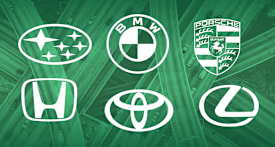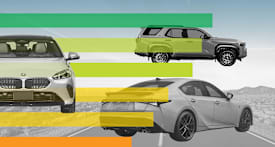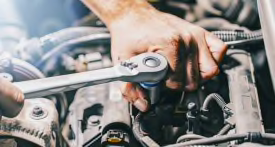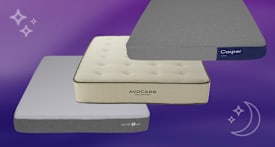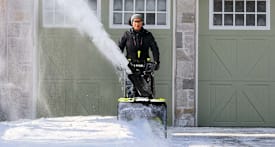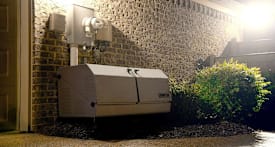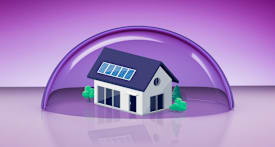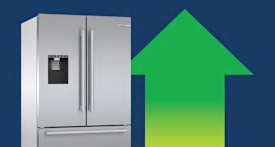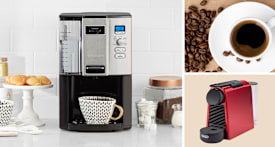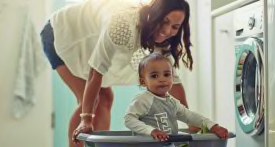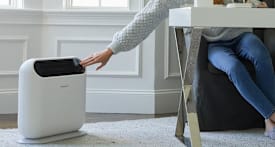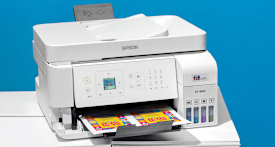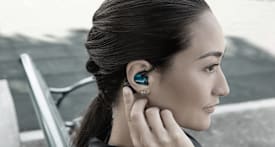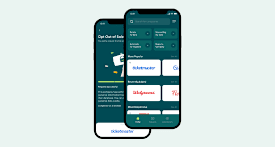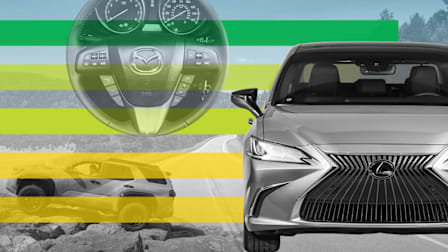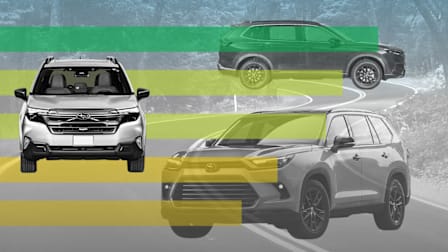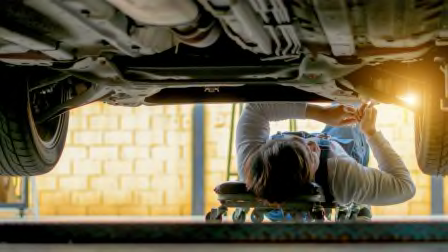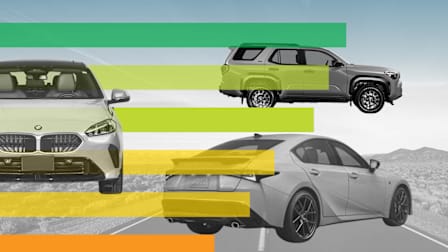How to Buy a Safe Used Car
Here's what to look for, and used cars we love for their combination of safety and reliability
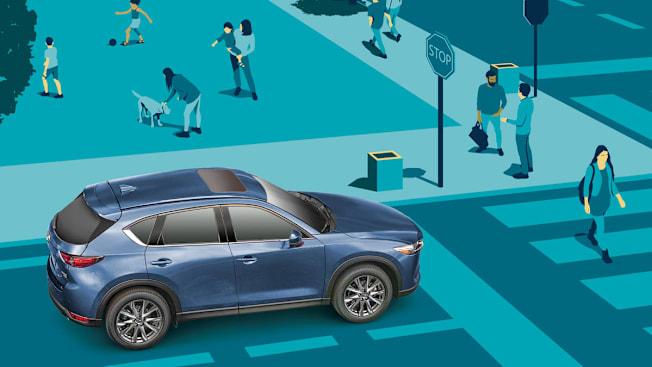
Used-car shoppers have certainly experienced sticker shock during the past several years. Prices have come down in the past year, though, so a vehicle that’s not brand-new may be a much better value now.
But when you’re out there looking for a used car, beware: Many popular vehicles may not have all the effective safety features our experts recommend as standard equipment. And some may not have excelled in the latest crash tests.
Check CR's Safety Ratings
For decades, our experts have purchased and tested almost every mainstream vehicle sold in the U.S. We push them to their limits on our test track to see how they’ll perform in an emergency, and use comprehensive CR member surveys to report on how reliable various models are (or are likely to be). Our Overall Score for new cars factors in safety ratings from the National Highway Traffic Safety Administration and the IIHS. When checking our ratings, look for used vehicles with the following attributes.
Search Wisely for a Used Car
When you’re shopping for a used car, we advise doing so at a reputable dealership, usually one that also sells new cars. Look for a business with top reviews and ratings online from Google, the Better Business Bureau, and other user review sites. (If you buy from an individual, make sure they have vehicle maintenance records.)
Once you pick a dealership, we strongly recommend that you look for a used car with all four of the following systems. They’re standard on every trim level of the 10 safe used cars we highlight but may have been optional on older models or smaller cars, so you might have to buy a well-equipped model to get them.
Automatic Emergency Braking
This system senses when you’re about to hit the car in front of you. If AEB calculates that you won’t be able to hit the brake pedal in time, it will apply the brakes for you to prevent a collision, or at least lessen the severity of the impact. Multiple studies have shown that AEB can lower the incidence of rear-end collisions. City-speed AEB systems work only at lower speeds—usually below 55 mph—while highway-speed AEB systems also operate above 55 mph. (Our car model pages will tell you which kind of AEB is available on specific used vehicles.) Some versions of AEB also include pedestrian detection. All are effective, so buy a car with as many of the three AEB systems—city speed, highway speed, and pedestrian detection—as you can afford. (Learn more about automatic emergency braking.)
Blind Spot Warning
This uses radar or cameras to detect vehicles in adjacent lanes that may be in your blind spot. It then alerts you to their presence, usually with a light on or near the side mirror when you’re changing lanes or merging. Research from the IIHS and the Highway Loss Data Institute—both study automotive safety and are funded by the insurance industry—shows that BSW can reduce lane-change crashes with injuries by up to 23 percent. Up to two-thirds of CR survey respondents whose vehicles have BSW said that it helped prevent a crash and that they wouldn’t buy a car without it. (Learn more about blind spot warning.)
Backup Camera
Cars built on or after May 1, 2018, are required to have a camera that shows the area behind the vehicle when it’s in Reverse. Backup cameras offer a wide field of view for spotting obstacles and people, and make reversing easier for drivers who find it hard to turn and look over their shoulders. According to the IIHS, backup cameras reduced crashes that took place while reversing by 17 percent, and up to 36 percent when the driver was 70 or older.
Rear Cross Traffic Warning
This system, which activates when a car is in Reverse, is helpful for backing out of a parking spot. It uses cameras and/or sensors to detect—and alert you to—cars approaching from the side, even those that may be obscured by a vehicle you’re parked next to. Some systems also give warnings about pedestrians or objects in the way. Of all crash avoidance technologies, RCTW is the one that people are the most satisfied with, according to CR surveys. (Learn more about backup cameras and rear cross traffic warning.)
How to Research a Used Car
A vehicle that hasn’t been serviced regularly or repaired properly might pose safety concerns. Take the following steps to make sure the one you want is in top condition.
Search for recalls. Believe it or not, used-car dealers are allowed to sell vehicles with unrepaired safety defects. So ask the seller for the vehicle identification number (VIN), go to nhtsa.gov/recalls, and search for any open recalls. If you find one, insist that the seller get it fixed before you purchase the vehicle—and without charging you. Recall repairs are free.
Read the vehicle history report. Most dealerships give free Carfax or AutoCheck reports, which detail past crashes or damage. Some reports also include maintenance records, which can tell you how well a prior owner cared for a car. Note: Crashes that weren’t reported to the police might not show up on these.
Have a prepurchase inspection. For $135 to $200, according to RepairPal, you can take a used car to a third-party independent mechanic, who can look for mechanical problems or damage that the vehicle history report might not show. If the dealership won’t allow you to drive a car off the lot before you buy it, look online for a mobile mechanic, who can inspect a car where it is. At the very least, bring a car-savvy friend. If the dealership has a money-back guarantee, as many large used-car chains do, take the vehicle to a trusted mechanic immediately after your purchase so that you can return it if the inspection uncovers any major problems, such as transmission, suspension, or engine problems.
Used Cars
See our complete guide to choosing a safe and reliable used car.
Newer Safety Tech to Look For
These helpful features are less common, especially on models that are older than 2020. To know whether a car has one or both of them, check its vehicle history report or ask the seller for a copy of the original window sticker.
AEB With Pedestrian and Cyclist Detection
Automatic emergency braking systems that can stop or slow for pedestrians (as well as for other vehicles) have been shown to reduce the risk of a pedestrian injury crash by up to 30 percent, according to a study by the Insurance Institute for Highway Safety. Some systems can also detect cyclists or wildlife. This feature was usually optional or unavailable on vehicles that were made before 2020.
Automatic Crash Notification (ACN)
This feature alerts first responders if an airbag deploys or if the vehicle’s sensors detect a crash. The National Highway Traffic Safety Administration estimates that ACN could save more than 700 lives a year. Note: ACN on some vehicles made before 2021 no longer works due to recent changes to cellular networks. You’ll want to check manufacturer websites to find out whether it’s available and, if it is, whether it requires a paid subscription. (Discover the cars that come with free automatic crash notification.)
Do This Before You Buy
Even if the dealer says it has inspected a car, you should do a quick review yourself.
1. Gauge the tire wear. To do this easily, place a quarter in each tire’s tread grooves with George Washington’s head upside down. If you can see the top of his head on any of them, those tires need to be replaced. More importantly, consider that any uneven or significant tire wear is a potential sign of poor maintenance. (Learn more about tires.)
2. Measure the fluids. Open the car’s hood to check to see whether the oil, brake fluid, and coolant are at their proper levels, which is usually clearly indicated by a visible line on a dipstick or the fluid tank. As with worn tires, low fluids could be a sign of general neglect.
3. Examine the body panels. You’re looking for any panels that appear to be a slightly different color from the rest. They may have been replaced after a crash. You’ll want to open the doors and check for uneven surfaces, too.
4. Take a sniff inside the car. When you open the doors, take a big breath in through your nose. A musty odor could be evidence of water damage, which is a serious problem. Your sniff test should include the trunk. (Learn more about flood damage.)
5. Look for warning lights. Dashboard warning lights could signal the need for expensive emission or engine repairs. Walk away.
Used Cars We Love
The reliable models below do well in IIHS crash tests and CR’s braking and handling evaluations. They have all or most of the key safety features, but BSW and RCTW may have been optional on older models, so check the original window sticker to verify. Newer versions of these cars offer equal or greater safety, but availability and savings may be more limited, and reliability could differ.
Starting transaction prices were current as of July 2025. Retail prices for the spotlighted model, found next to the car image, update automatically.
